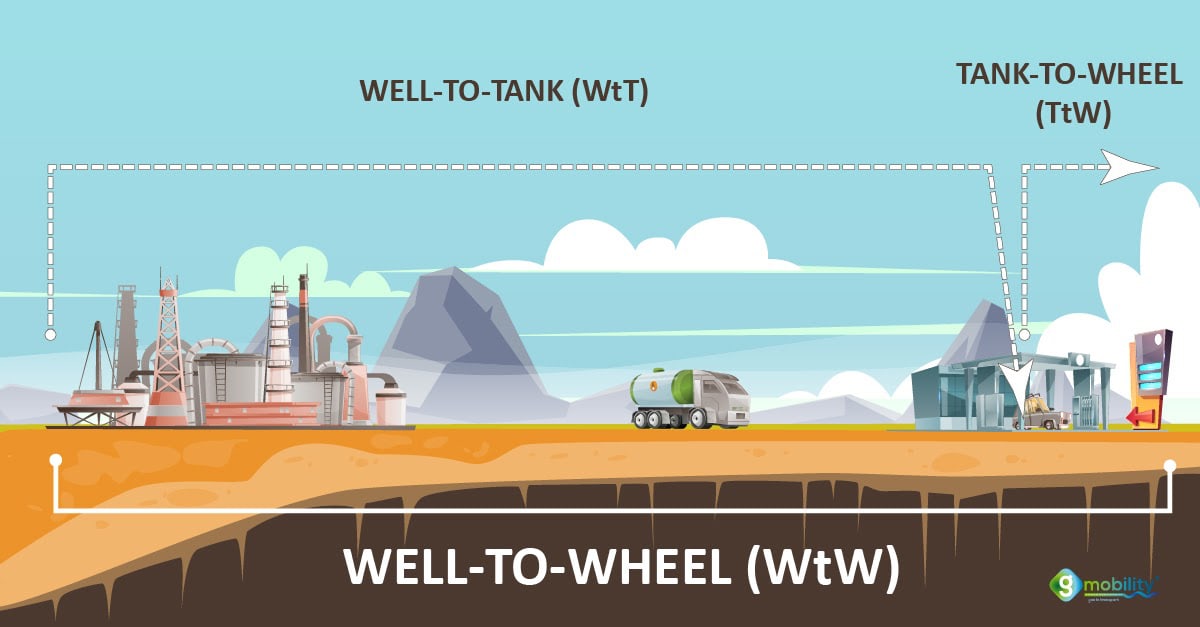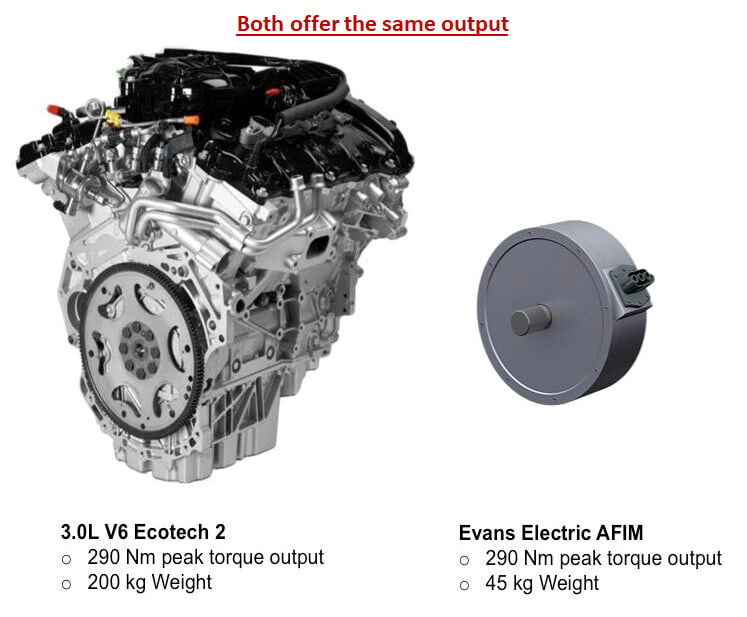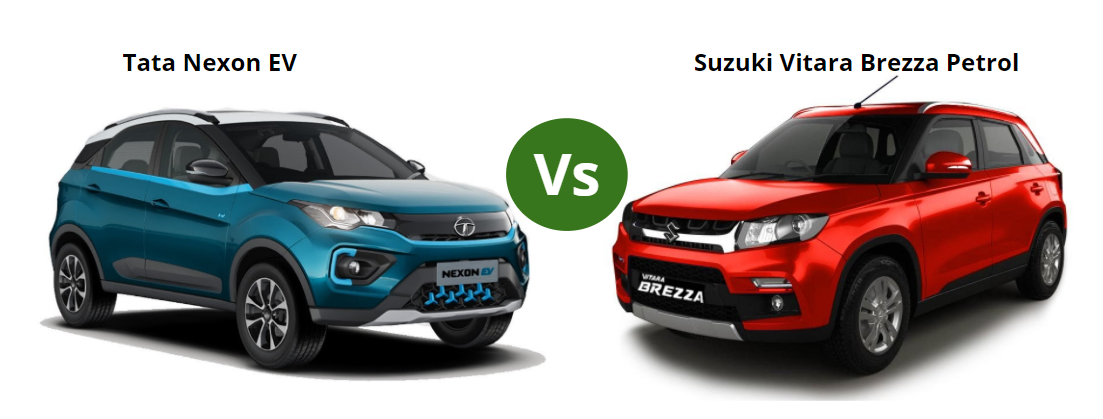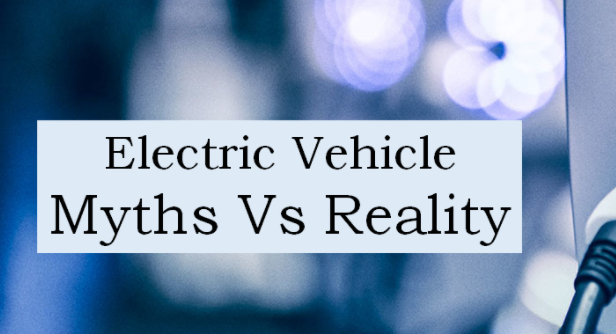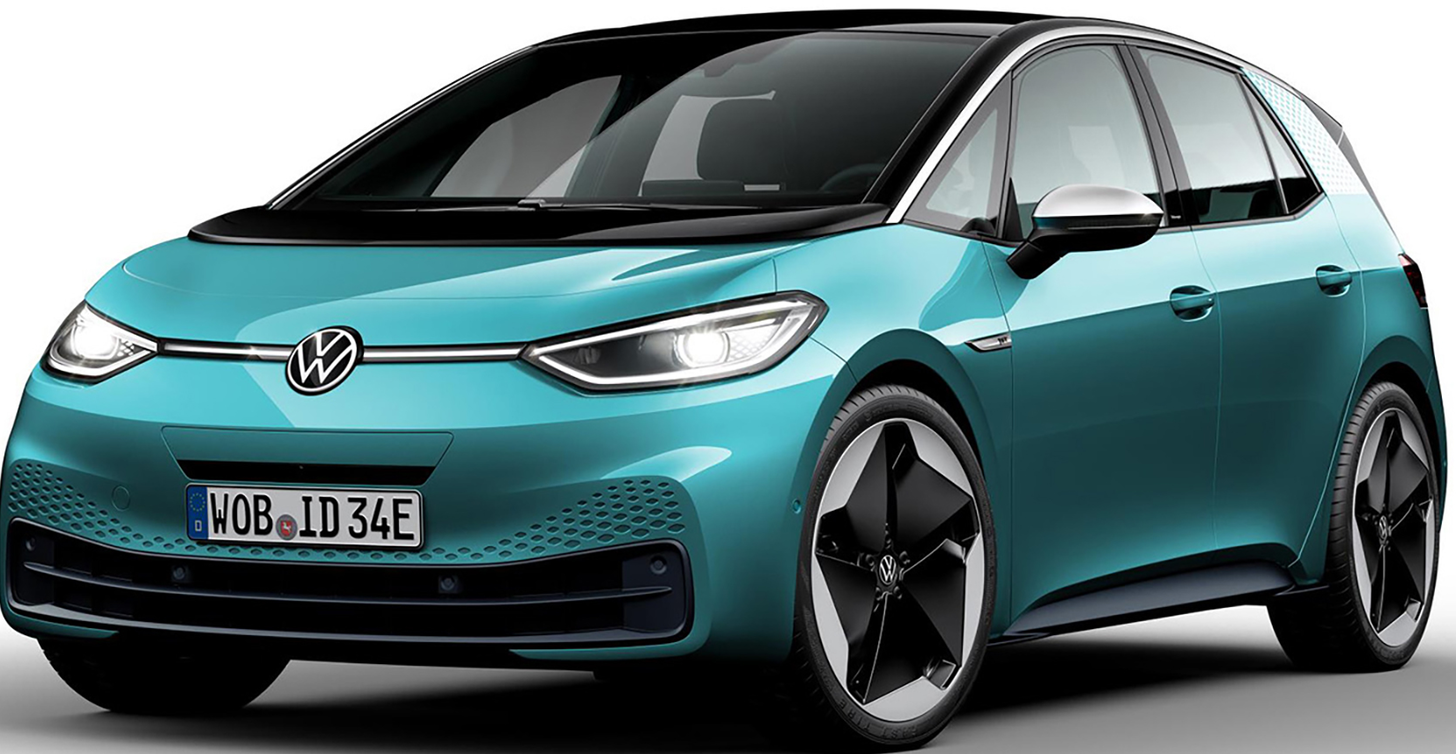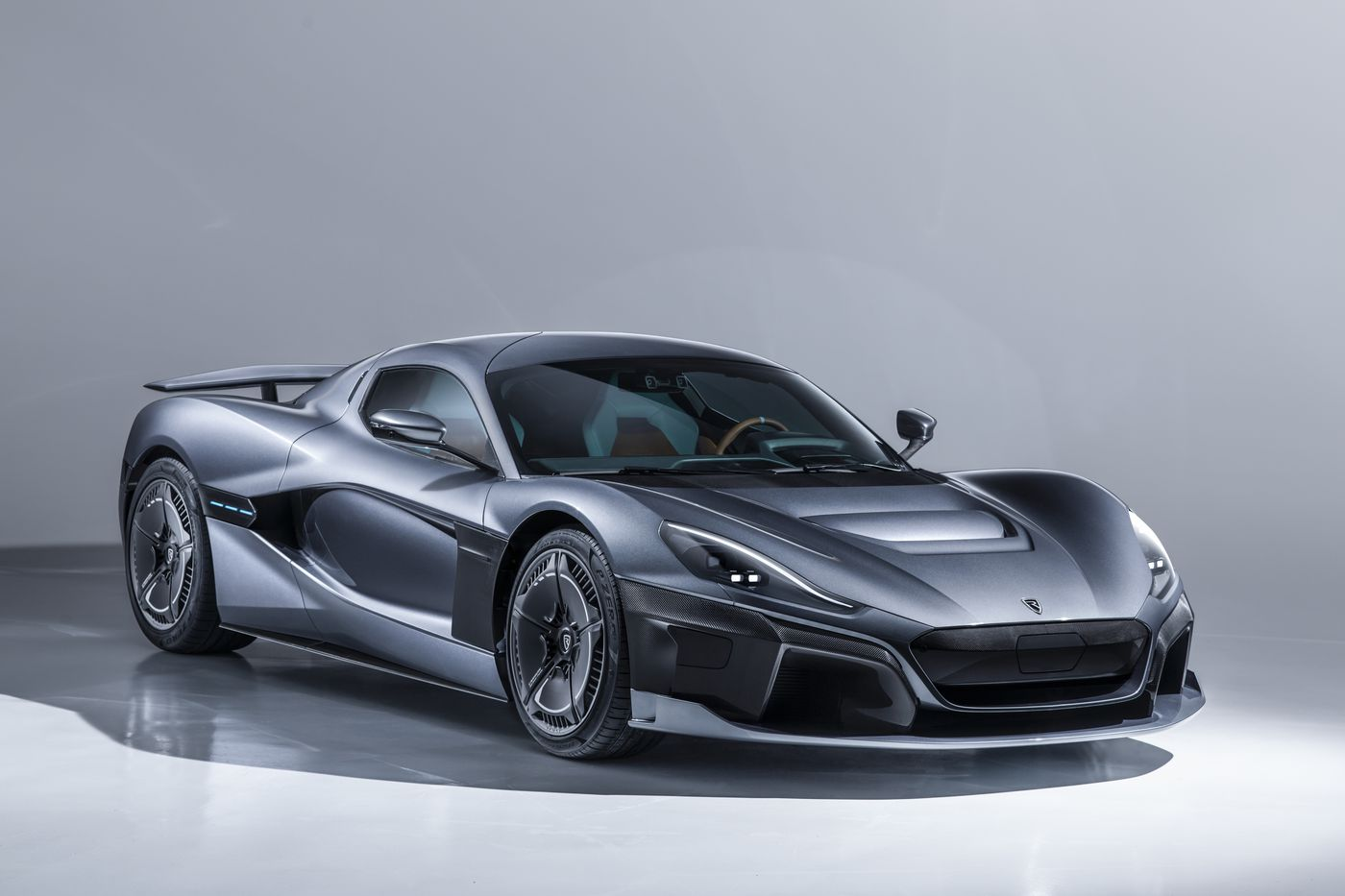How EVs are by far the most efficient compared to ICE cars
In this epic comparison, you will realize that EVs are 6 times more efficient than Petrol / Diesel cars.
Let’s start from the basics,
Efficiency is measured by the amount of output derived for a given input. In equation form, % Efficiency is "Useful energy output" divided by the "Energy input" multiplied by 100

For example, a 77% efficiency means for every 100 units of input you get 77 units of output, the remaining 23 units are wasted as losses. The more efficient a system is the more beneficial for business and the environment
Having understood the definition let's deep dive into the comparison. To do this, we have divided the value chain of EV and ICE cars into two stages,
-
Well to Tank
-
Tank to Wheel
1. Well to Tank 🛢️
”Well to tank” part of the value chain measures the fuel production efficiency from the fuel source, usually termed as well (a word derived from oil wells) to the fuel tank of the vehicle.
For ICE cars this means the efficiency of converting Crude oil to Petrol / Diesel fuel till reaching it to the fuel tank. For Electric vehicles, it's making the electricity available at the charging station/point.
Incase of Electric vehicles, the only loss is the distribution loss when electricity is distributed from the grid to the charging station, which is around 5%. Whereas for producing Petrol / Diesel fuel the energy losses are as high as 56% (22% in Electrolysis + 34% in FT synthesis).
In summary, the fuel production efficiency for EVs is higher at 95% compared to only 44% for Petrol/Diesel fuels.
2. Tank to Wheel 🚙
Let's now move on to the next part of the value chain, which is Tank to Wheel. For EVs, it measures the efficiency between Charging station to Battery; Battery to Inverter; Invertor to Electric motor, and Electric motor to Wheel. During these stages, a total of 18% energy is lost (approx 4.5% at each stage)
For ICE cars it is the efficiency of the Petrol / Diesel engine to convert fuel energy into power at the wheels. With huge mechanical and heat losses, ICE engines are far worse. Total losses for the ICE engine stand at 70% compared to 18% in EVs.
This in essence is captured in the below picture, wherein a small 45kg Electric motor can produce the same output as a 3.0 Litre, 6-Cylinder, 200Kg Petrol engine.
Conclusion:
On an overall basis, Electric vehicle efficiency stands at 77% compared to 13% of ICE cars. This means EVs are 6 times more efficient compared to Petrol / Diesel (ICE) cars
This highlights the inherent issue of ICE engines. Can you imagine the world has been moving on this inefficient powertrain for so long? This clearly points out that humans cannot afford to waste resources this way anymore.
This is one more reason why the world has to move to Electric vehicles.
Hope you found this article useful. To receive automatic notification for our future articles, please don’t forget to subscribe below
Team "EV Quotient"
(EV Quotient is a platform to discuss and learn about electric vehicles. It’s an initiative by a team of experienced Automotive professionals with Global Exposure)

